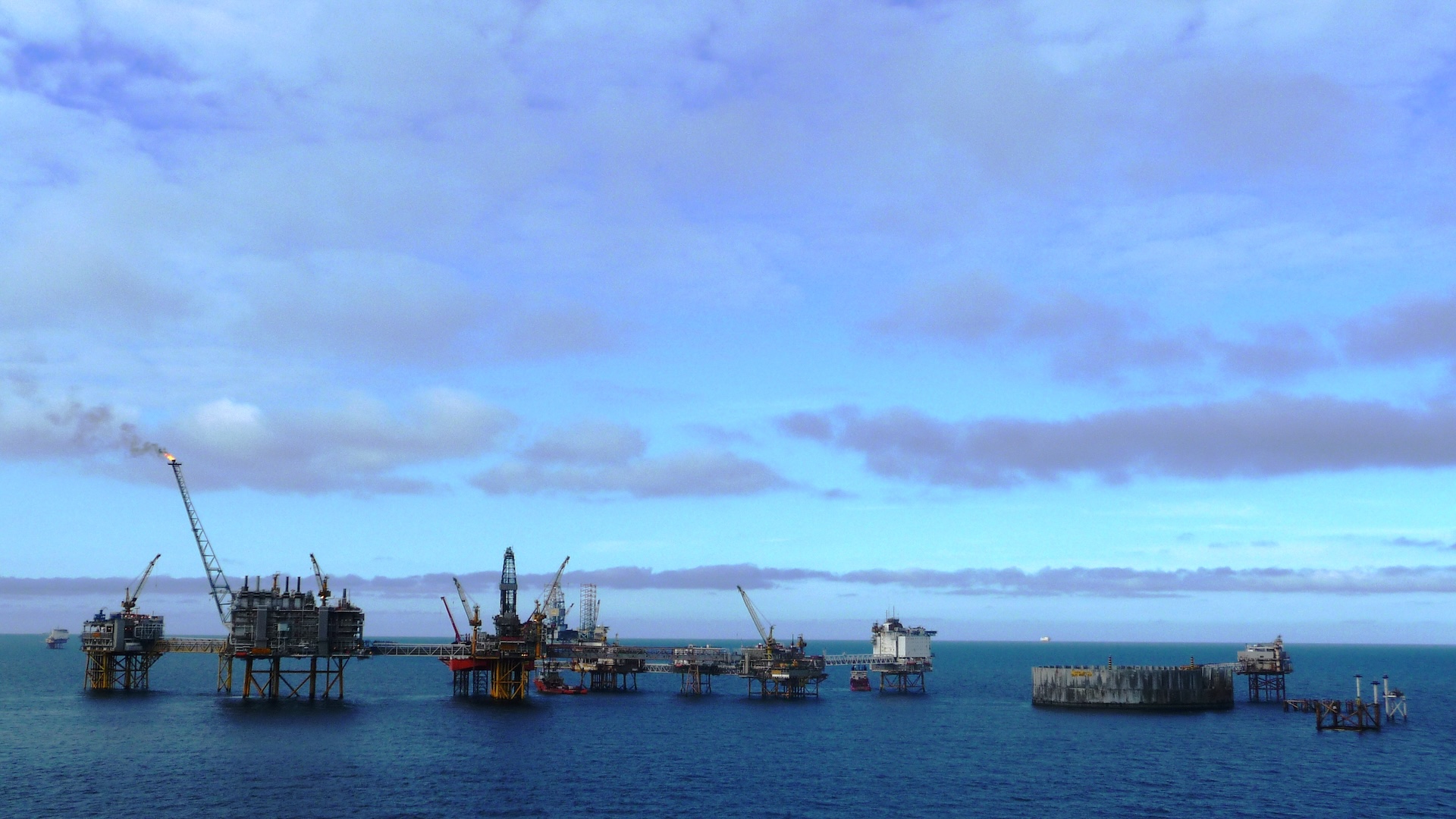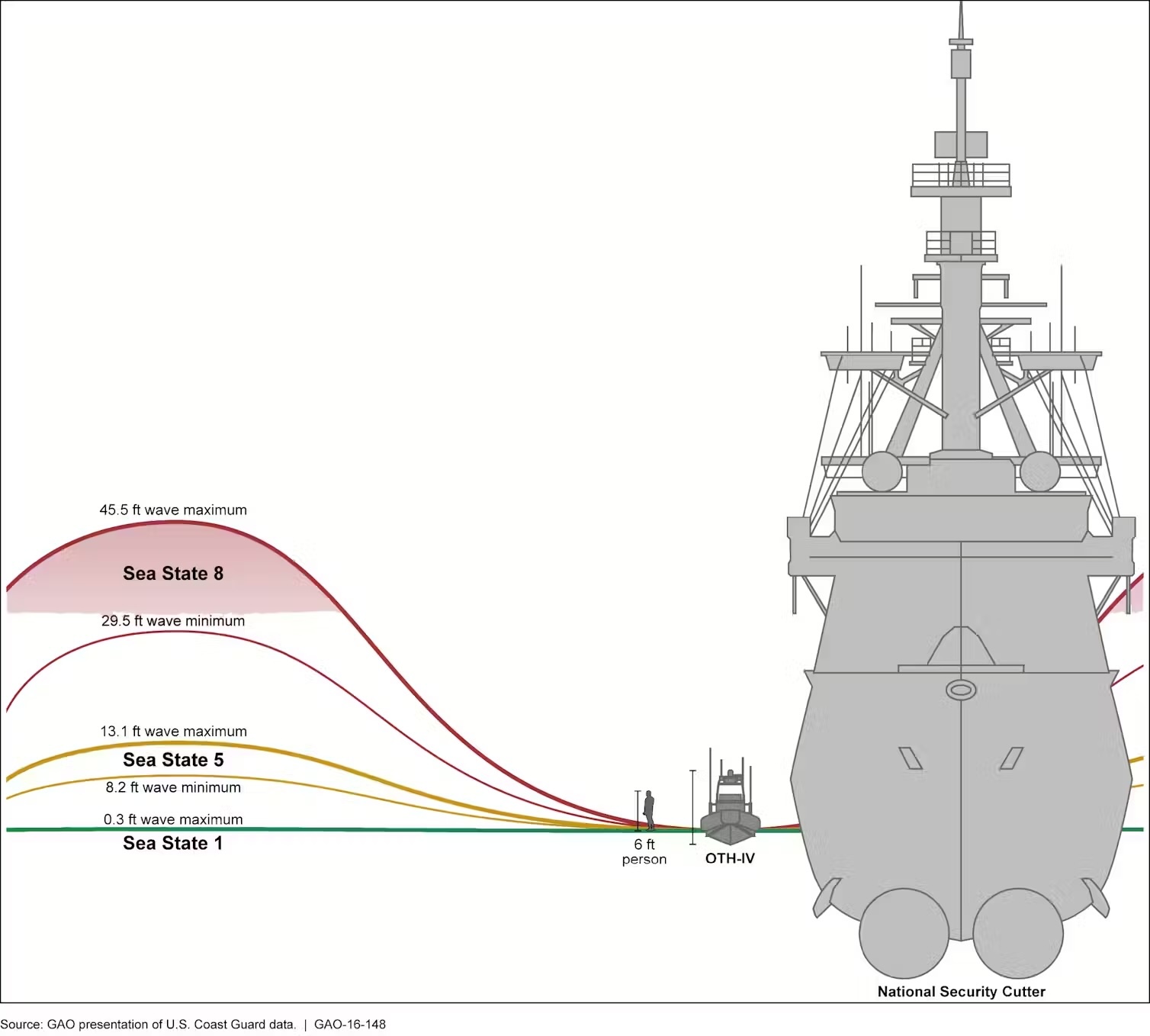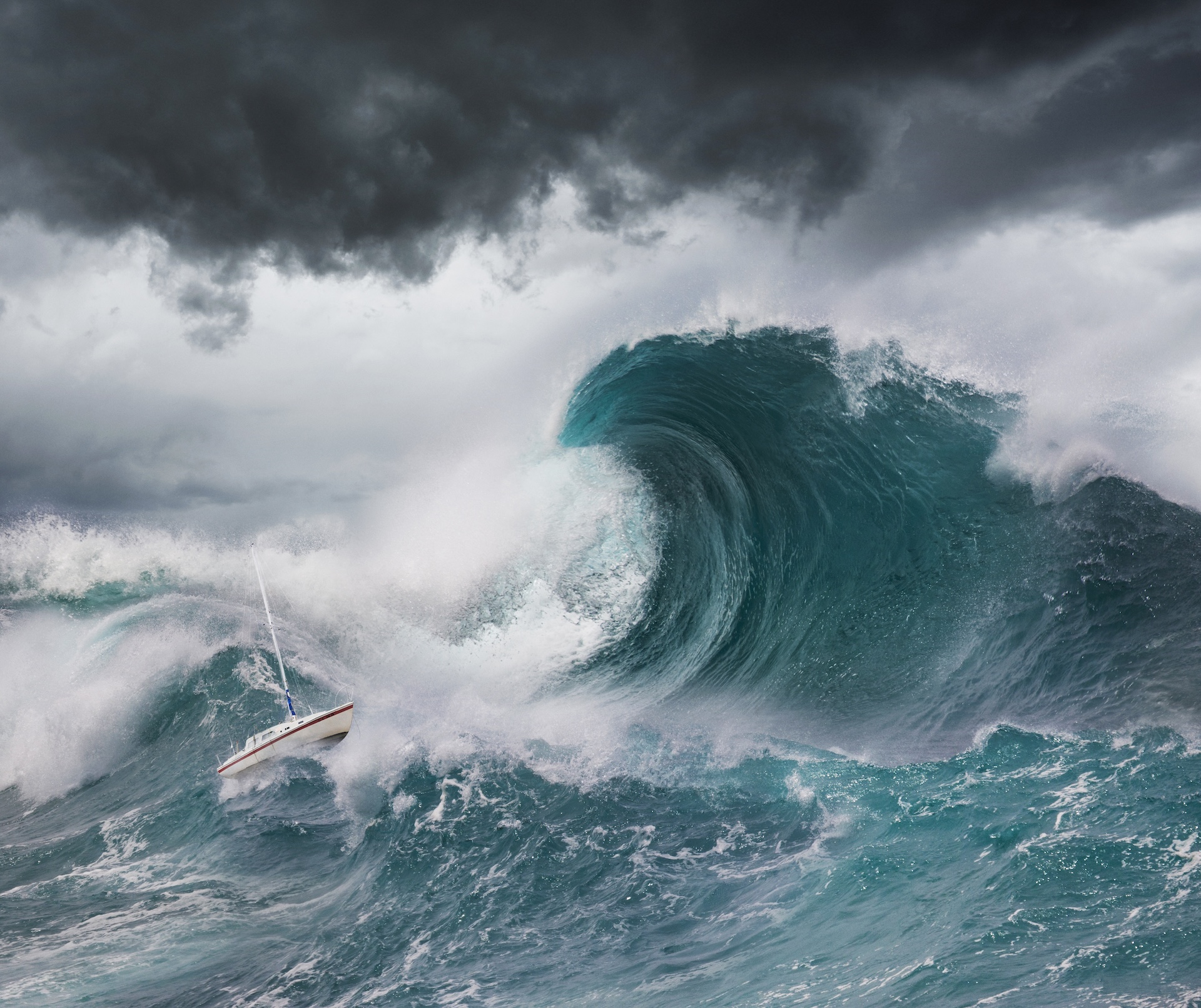Table of Contents
Rogue waves have captivated the attention of both seafarers and scientists for decades. These are giant, isolated waves that appear suddenly in the open ocean.
These puzzling giants are brief, typically lasting less than a minute before disappearing. They can reach heights of 65 feet (20 meters) or greater and often more than twice the height of surrounding waves. Once a nautical myth, rogue waves have now been observed around the world. Because they’re so tall and powerful, they can pose a danger to ships and offshore structures.
To rethink what rogue waves are and what causes them, I gathered an international team of researchers. Our study, published in Nature Scientific Reports, sheds light on these oceanic giants using the most comprehensive dataset of its kind.
By analyzing 18 years of high-frequency laser measurements from the Ekofisk oil platform in the central North Sea, we reached the surprising conclusion that rogue waves aren’t just freak occurrences. They arise under the natural laws of the sea. They are not mysterious, but somewhat simple.
27,500 sea states
We analyzed nearly 27,500 half-hour wave records, or sea states, collected between 2003 and 2020 in the central North Sea. These records, taken every 30 minutes, describe how elevated the sea surface was compared to the average sea level. They include major storms, such as the Andrea wave event in 2007.

Under normal conditions, waves arise from wind blowing over the sea surface. It’s like when you blow over your cup of coffee and form small ripples on the surface. At sea, with enough time and space, those ripples can turn into large waves.
We focused on understanding what causes waves to suddenly go rogue and rise far above their neighboring waves. One proposed theory is based on modulational instability, a phenomenon described by complex mathematical models. I’ve revised these models in the past, as my work suggests that this theory doesn’t fully explain what causes rogue waves in the open ocean.
Related: 4-story rogue wave that randomly appeared in the Pacific Ocean is the ‘most extreme’ ever detected

When waves are trapped within a narrow channel, the modulational instability theory describes their rippling movement well. However, it starts to fall apart when you look at the real ocean. In open environments such as the North Sea, waves are free to propagate from multiple directions.
To understand the difference, imagine a crowd of spectators leaving a stadium after a football game. If the exit is a long, narrow hallway with tall walls, people are forced to move in a single direction. Those at the back push forward, and some may even climb over others, piling up between the confining walls. This catastrophic pileup would resemble a rogue wave, caused by their confinement.
In contrast, if the stadium’s exit opens onto a wide field, spectators can disperse freely in all directions. They don’t push on each other, and they avoid pileups.
Similarly, researchers can generate rogue waves in a confined channel in the lab, where they obey modulational instability. But without the confinement of a channel, rogue waves usually won’t follow those physics or form the same way in the open sea.
Our team knew we had to study the open sea directly to figure out what was really going on. The real-world data my team examined from the North Sea doesn’t line up with modulational instability — it tells a different story.

It’s just a bad day at sea
We analyzed the sea state records using statistical techniques to uncover patterns behind these rare events. Our findings show that instead of modulational instability, the extreme waves observed more likely formed through a process called constructive interference.
Constructive interference happens when two or more waves line up and combine into one big wave. This effect is amplified by the natural asymmetry of sea waves — their crests are typically sharper and steeper than their flatter troughs.
Rogue waves form when lots of smaller waves line up and their steeper crests begin to stack, building up into a single, massive wave that briefly rises far above its surroundings. All it takes for a peaceful boat ride to turn into a bad day at sea is a moment when many ordinary waves converge and stack.
These rogue waves rise and fall in less than a minute, following what’s called a quasi-deterministic pattern in space and time. This type of pattern is recognizable and repeatable, but with touches of randomness. In an idealized ocean, that randomness would almost vanish, allowing rogue waves to grow to nearly infinite heights. But it would also take an eternity to witness one of these waves, since so many would have to line up perfectly. Like waiting for Fortuna, the goddess of chance, to roll a trillion dice and have nearly all of them land on the same number.
In the real ocean, nature limits how large a rogue wave can grow thanks to wave breaking. As the wave rises in height and energy, it can’t hold itself beyond a certain point of no return. The tip of the wave spills over and breaks into foam, or whitecap, releasing the excess energy.
The quasi-deterministic pattern behind rogue waves
Rogue waves aren’t limited to the sea. Constructive interference can happen to many types of waves. A general theory called the quasi-determinism of waves, developed by oceanographer Paolo Boccotti, explains how rogue waves form, both in the ocean and in other wave systems.
For example, for turbulent water flowing through a confined channel, a rogue wave manifests in the form of an intense, short-lived spike in vortices — patterns of spinning swirls in the water that momentarily grow larger as they move downstream.
While ocean waves seem unpredictable, Boccotti’s theory shows that extreme waves are not completely random. When a really big wave forms, the waves in the sea around it follow a recognizable pattern formed through constructive interference.
We applied Boccotti’s theory to identify and characterize these patterns in the measured North Sea wave records.

The giant waves observed in these records carry a kind of signature or fingerprint, in the form of a wave group, which can reveal how the rogue wave came to life. Think of a wave group like a small package of waves moving together. They rise, peak and then fade away through constructive interference. Tracking these wave groups allows researchers to understand the bigger picture of a rogue event as it unfolds.
As one example, a powerful storm hit the North Sea on Nov. 24, 2023. A camera at the Ekofisk platform captured a massive 55 foot (17 meter) rogue wave. I applied the theory of quasi-determinism and an AI model to investigate the origin of this extreme wave. My analysis revealed that the rogue event followed these theories — quasi-determinism and constructive interference — and came from multiple smaller waves repeatedly stacking together.
Recognizing how rogue waves form can help engineers and designers build safer ships and offshore platforms — and better predict risks.
This edited article is republished from The Conversation under a Creative Commons license. Read the original article.


